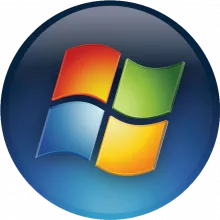
Windows Vista is an operating system by Microsoft for use on personal computers, including home and business desktops, laptops, tablet PCs, and media center PCs. Prior to its announcement on July 22, 2005, Windows Vista was known by its codename "Longhorn". Development was completed on November 8, 2006, and over the following three months, it was released in stages to computer hardware and software manufacturers, business customers and retail channels. On January 30, 2007, it was released worldwide and was made available for purchase and download from Microsoft's website. The release of Windows Vista came more than five years after the introduction of its predecessor, Windows XP, the longest time span between successive releases of Microsoft Windows desktop operating systems.











